introduction Telemedicine is becoming a new way to help people improve their quality of life, and the widespread use of wireless technology has brought unprecedented challenges to the interaction of personal health and medical devices. This kind of challenge stems from the need to communicate with some wireless-enabled instruments and end devices. To meet this demand, it is important that all devices communicate using the same protocol, in order to keep the data intact. Sex. In this article, we'll discuss some of the general issues related to wireless technology and the techniques for choosing the right wireless standard for different situations. As one of the fastest growing interdisciplinary areas today, telemedicine uses a variety of technologies to provide health and medical information through remote and close-range wired and wireless networks. Telemedicine has become a catalyst for innovation in information services in the health care arena. It allows patients, doctors and other suppliers to have new ways of communicating, enabling patients with chronic conditions to achieve higher quality of life at lower cost, such as cardiovascular disease, diabetes, chronic respiratory diseases and cancer patients. After the advent of short-range wireless connectivity technology, telemedicine technology still plays a key role in the health, fitness and sports markets. The following two examples can help better explain the impact of wireless connectivity technology on telemedicine: · For example, a jogger can carry a variety of sensors to monitor his life indicators (including heart rate, blood pressure, SpO2), skin moisture and other athletic performance, such as running speed, calories burned and step size. These parameters can be collected into a mobile device (such as a watch or smartphone, etc.) during his run and then downloaded or sent to his personal computer, coach or doctor. After analyzing the data, the doctor or the coach can propose training improvement suggestions to improve the jogger's exercise endurance and effectiveness. · Another example is an ambulance that performs rescue missions at the scene of the accident. The emergency medical team (EMT) who is required to visit the accident can start treatment on the way back to the hospital and immediately begin to monitor various vital signs of seriously injured people. Diagnose and send important data and diagnostic details to the emergency room of the hospital. Sending these data in advance will allow nurses and doctors to better prepare for the treatment. Once the injured person arrives at the hospital, they can immediately implement the correct treatment, saving a lot of precious time and ultimately saving lives. These two examples demonstrate the important role that wireless connectivity solutions can play and play in the widely used telemedicine field. It can: · Collect data more accurately, frequently and at low cost · Have patients and healthcare professionals have a new way to connect ConTInua Health Alliance The Continua Health Alliance is an international, not-for-profit, open industry organization comprised of more than 230 companies that address and address the versatility of telemedicine products and services in application and deployment. Their mission is to create an ecosystem of personal health care that empowers consumers and organizations to better manage their health. The Alliance is not responsible for the development of specific new communication standards, but rather selects some existing standards and then develops general guidelines. To successfully solve the versatility problem, you need to complete the following three important refinements: · Management of chronic disease health status · Medical and health · Extended life expectancy Figure 1 shows an architecture defined by the Continua Health Alliance. Figure 1 Continua end-to-end system architecture This end-to-end system architecture consists of the following four main parts: · Personal health care equipment: Monitor basic vital signs such as blood pressure, weight, pulse, oxygen levels, and blood glucose levels, and send them over a wired or wireless connection. · Integrated Manager: Enables personal health devices to record data in the form of an electronic medical record (HER) for viewing by the family and/or hospital at any time. This integrated manager can utilize smart phones, personal computers or other specialized devices. · Health Service Center: Store and analyze patient-related information in a centralized manner. It can be a doctor's office, home, or health care facility. · Health Status Record: Used to store collected data. Forms include personal health record (PHR) or electronic medical record (HER) Four kinds of networks are defined in this integrated management architecture. We will mainly introduce personal area network (PAN) and wide area network (WAN). Because PANs feature low power consumption (typically batteries), we chose Bluetooth® and ZigBee® technologies as the wireless standard for future generations of Continua-compatible telemedicine systems. Bluetooth technology is typically used for connections between mobile integrated managers (eg, smart phones) and sensors or medical devices; ZigBee is used for wireless networking of low-power sensors, such as sensors that allow patients to be independent at home. PAN networks typically have a connection distance of 1 to 10-20 meters, and most devices connected to the PAN network are battery powered. When you need to transfer data over longer distances (greater than 30 meters) and have a larger bandwidth, it is best to use wide area network (WAN) access. The Continua Alliance has chosen the w3c standard for WAN, which can be implemented using any IP-type network. This allows solutions such as Wi-Fi and most 3G network services to transfer data from the manager/hub to the back-end software. It should be noted that authorization is required only when a product approved by the Continua Health Alliance is required, and a specific network access standard is selected. If Continua certification is not required, the system/product architecture can choose other network access standards such as IEEE 802.15.4, ANT, 6lowPAN or even some proprietary radio standards in the 2.4 GHz or 900 MHz bands. Some important metrics when choosing a wireless connection standard Choosing a particular cable connection standard or technology is the result of a series of compromises and optimizations. We can compare various wireless standards based on a number of parameters, such as specifying data rate, network topology, transmission distance, and so on. These parameters are metrics. Figure 2 shows most of the parameters compared when selecting a wireless standard for telemedicine and medical applications. The metrics listed below are not all related to a particular application, and the number and type of metrics depend on the specific end application. Figure 2 Parameters to consider when comparing different network connection standards Table 1 summarizes the data rates required for physiological information or vital signs collection for many applications, including chronic disease management or health management. Blood pressure monitoring requires a data rate of 1-10 kbps. If the application involves sending a still image, a data rate of 2 Mbps is required. Product developers need to know which technology can support the data rate required by the application to transfer data. The frequency of work is another important metric we need to consider. The spectrum used to transmit data is regulated by the main government regulatory authority. The spectrum requirements and regulations will vary depending on the region and market in which the product is targeted (eg hospital or general consumer). In addition, the network topology can have an impact on the software stack size and current consumption. This is especially true for applications that use protocols that require a full mesh topology (eg ZigBee). Table 1 Data rates of different monitored biological signals Figures 3, 4, and 5 compare several wireless network connection standards using transmission distance and data throughput parameters. Figure 3 shows that Bluetooth technology and the ANT protocol are the most suitable non-proprietary standards for body area networks (BANs), which require very short distances and low power consumption. Figure 4 shows that Wi-Fi is probably the most suitable network connectivity standard for high data throughput. Figure 5 shows the battery types required for different standards. From these figures, we can clearly see that Wi-Fi requires more power than several other connection methods. Figure 3 Communication distance of various technologies Figure 4 Data throughput of various technologies Figure 5 Requirements for various technologies in conclusion There is no doubt that telemedicine has greatly benefited from the widespread use of wireless technology, revolutionizing the way healthcare services are delivered. However, the rapid development of wireless technology has also brought versatility between different wireless devices and devices, making it difficult to choose the right wireless standard. There are many wireless standards that telemedicine applications can use. It is important for engineers and developers to choose a standard that is best suited for a particular end application. In this process, technology implementation has indeed brought a more relaxed and enjoyable life to patients, doctors, healthcare providers and all other health care ecosystem participants. See the original text : http:// The Texas Instruments Online Technical Support Community provides technical support to Chinese electronics engineers to answer technical challenges. The German instrument community involves analog electronic technology, microcontroller, MCU, embedded system, DSP, digital signal processing, and is the preferred technology exchange platform for electronic engineers using TI chip design. For more forums, please visit: http:// Glass Fiber Film Covered Flat Copper Wire
The product is the premium copper or aluminum to be enameled, then to be wrapped with polyester film or polyimide film so as to enhance the breakdown voltage of enameled wire. It has the advantages of thin insulation thickness, high voltage resistance. The product is the ideal material for electrical instruments of small size, large power, high reliability.
Copper or Aluminum rectangular Wire
Narrow side size a : 0.80mm-5.60mm
Broad side size b : 2.00mm-16.00mm
Copper or Aluminum Round Wire
Diameter:φ1.7-φ5.0
If specification is out of range, please
Film Covered Copper Flat Wire,Glass Fiber Film Covered Flat Copper Wire,Single Fiber Glass Copper Flat Wire,Fiber Glass And Film Copper Wire HENAN HUAYANG ELECTRICAL TECHNOLOGY GROUP CO.,LTD , https://www.huaonwire.com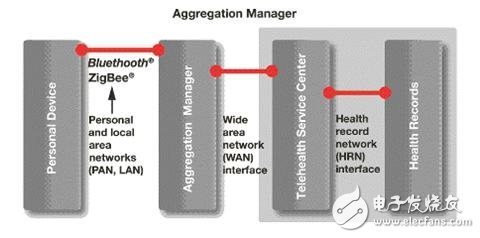
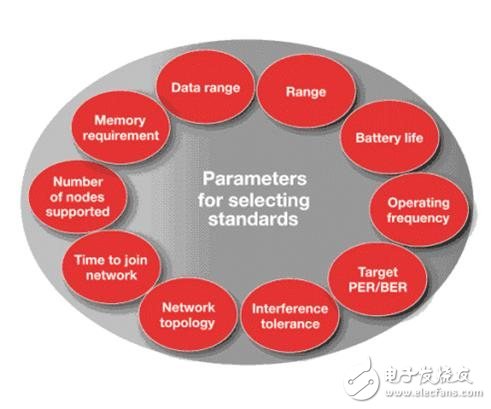

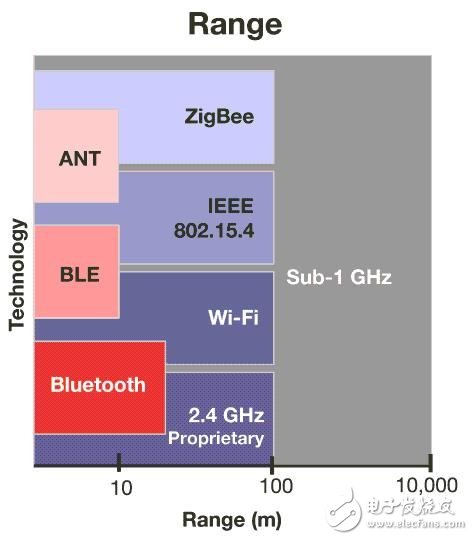
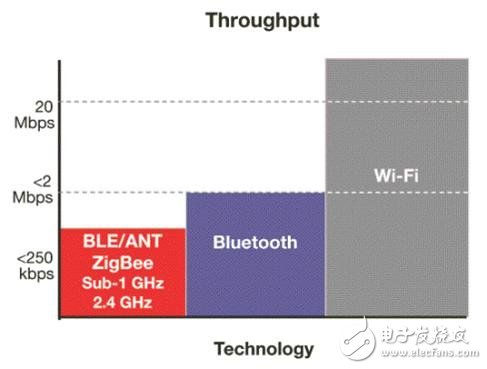
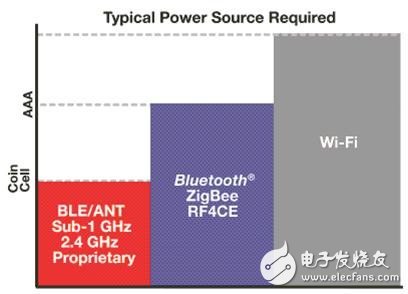
About Glass Fiber Film Covered Flat Copper Wire
Golden coloured glass fiber insulation ,fiber glass covered enameled film flat wire
Packaging Details : Different size bobbin with export carton/wooden box on pallet , or as customer's requirement.
